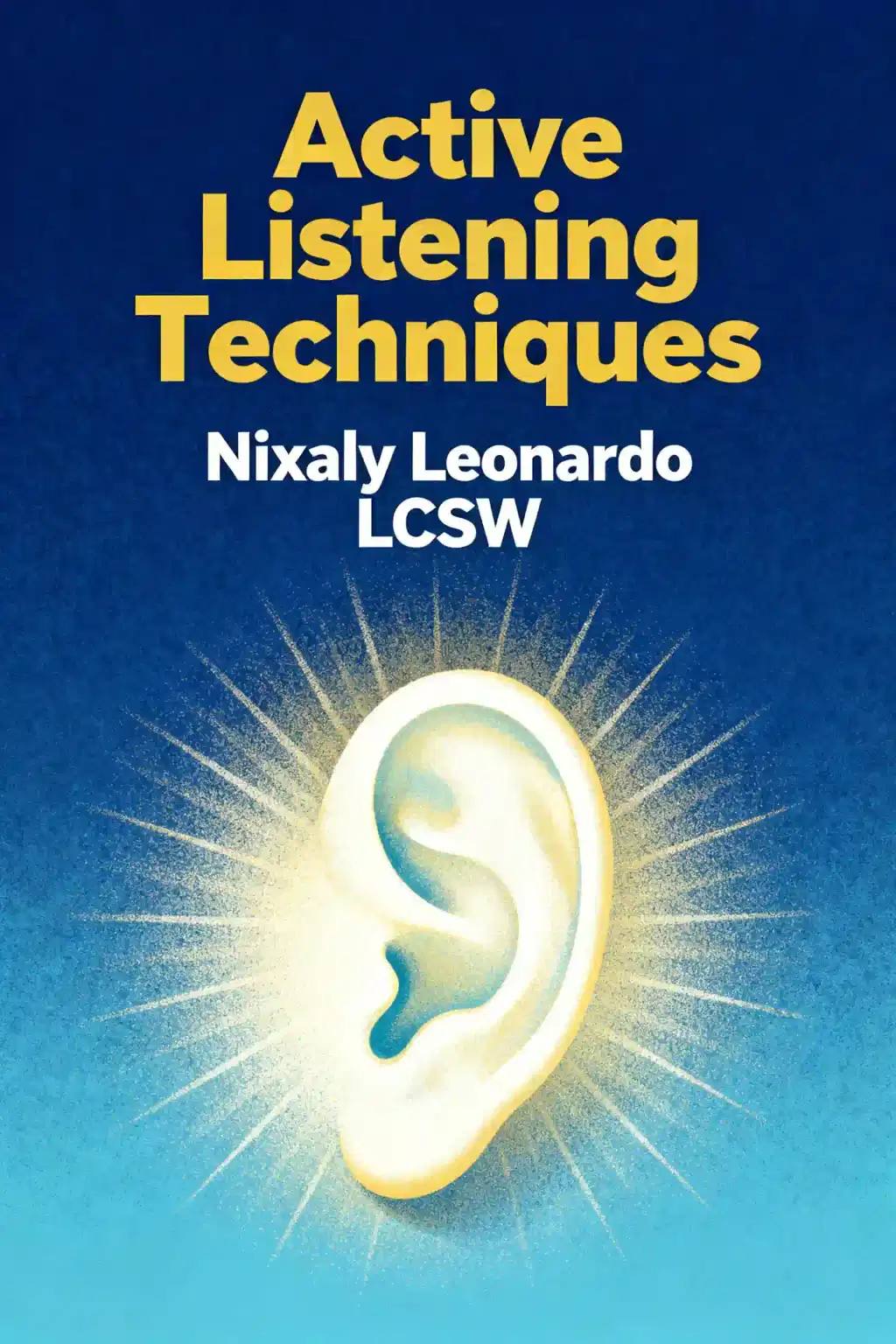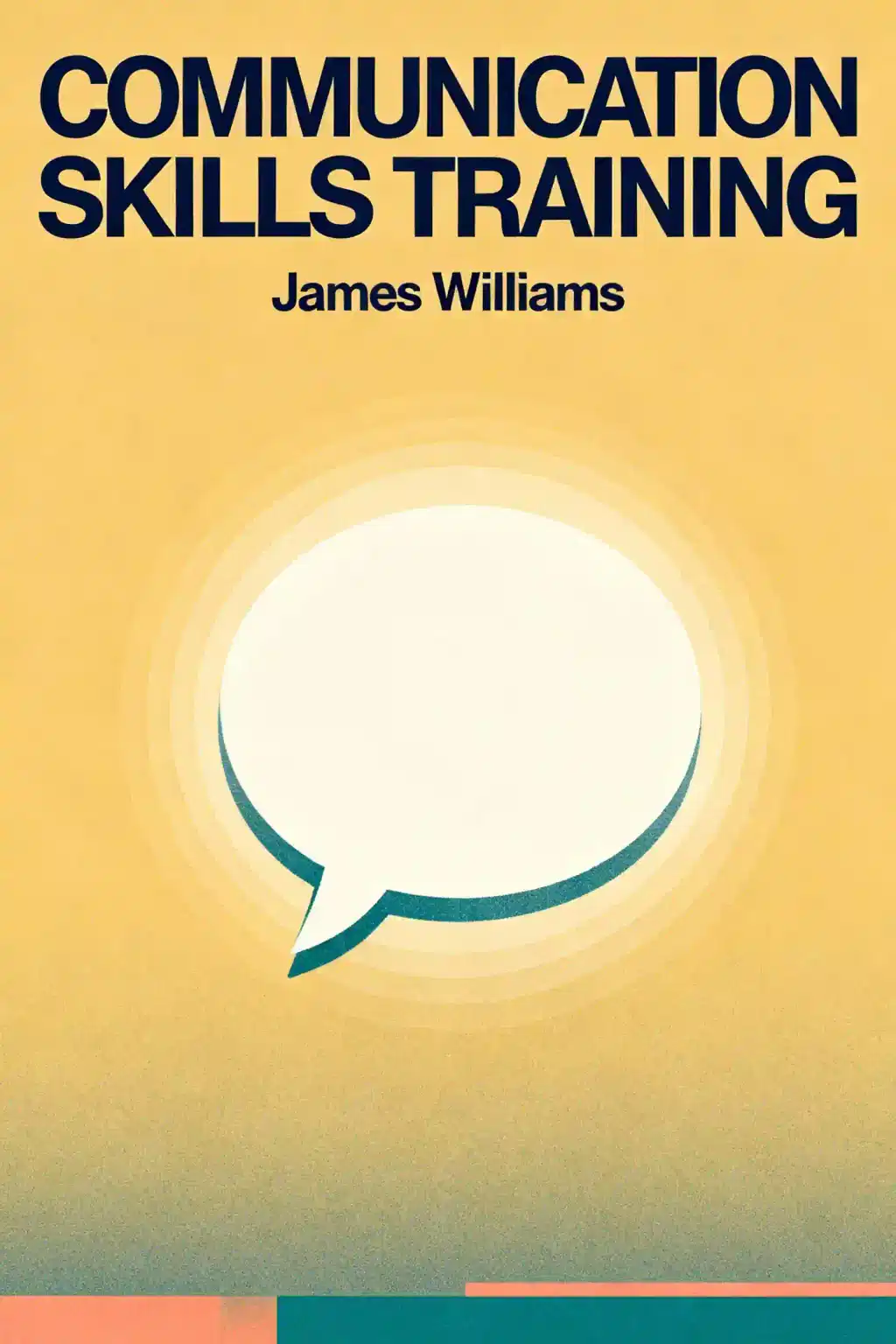What is
Active Listening Techniques by Nixaly Leonardo about?
Active Listening Techniques provides 30 practical tools to improve communication by mastering skills like paraphrasing, emotional labeling, and conflict navigation. It emphasizes empathy, nonjudgmental listening, and real-world applications for personal and professional relationships, helping readers foster trust and understanding.
Who is Nixaly Leonardo, LCSW?
Nixaly Leonardo is a licensed clinical social worker and communication expert. Her book combines therapeutic insights with actionable strategies, drawing from her experience to create a structured guide for enhancing listening skills and resolving emotionally charged situations.
Who should read
Active Listening Techniques?
This book suits professionals, couples, and individuals seeking stronger interpersonal connections. It’s particularly valuable for managers, therapists, and those navigating conflicts or career challenges, offering adaptable tools for everyday communication.
Is
Active Listening Techniques worth reading?
Yes—readers praise its practicality, with exercises like mirroring and validation that are instantly applicable. Reviewers highlight its clear structure and effectiveness in improving workplace dynamics and personal relationships.
What are the main techniques taught in
Active Listening Techniques?
Key methods include:
- Paraphrasing to confirm understanding
- Emotional labeling to identify feelings
- Nonverbal cue analysis (e.g., body language)
- Validation to acknowledge perspectives
- Mirroring to build rapport
How does
Active Listening Techniques help in conflict resolution?
The book provides frameworks to de-escalate tensions, such as separating facts from emotions and using “I” statements. It teaches readers to manage biases and refocus conversations on collaborative problem-solving.
How does this book compare to other communication guides?
Unlike theory-heavy texts, Active Listening Techniques prioritizes actionable tools over abstract concepts. Its structured exercises and conflict-management focus distinguish it from broader self-help books.
What are the key takeaways from
Active Listening Techniques?
- Listening requires active engagement, not passive hearing.
- Suspending judgment fosters deeper understanding.
- Nonverbal cues often reveal more than words.
- Practicing validation strengthens trust
Does the book provide exercises for practice?
Yes—each chapter includes scenarios and “Put It Into Practice” sections. Examples include role-playing difficult conversations and journaling to identify listening barriers.
How can these techniques improve workplace communication?
The tools help managers conduct effective feedback sessions, resolve team conflicts, and build psychological safety. Employees learn to articulate needs clearly and interpret colleagues’ unspoken concerns.
What makes
Active Listening Techniques unique?
Its therapist-designed approach bridges clinical methods with daily interactions. The 30-step system allows gradual skill-building, making complex concepts accessible to non-experts.
Are there criticisms of
Active Listening Techniques?
Some readers note the strategies may feel repetitive if familiar with communication basics. However, its structured format and real-life examples make it a valuable refresher.
How does Nixaly Leonardo address emotional conversations?
The book teaches “emotional first aid” tactics, like labeling feelings before problem-solving. It also advises managing one’s own reactions to stay present during charged discussions.
Can these techniques aid personal relationships?
Absolutely—couples learn to avoid defensive listening, while parents gain tools to understand children’s unspoken needs. The focus on empathy strengthens intimacy and reduces misunderstandings.




















